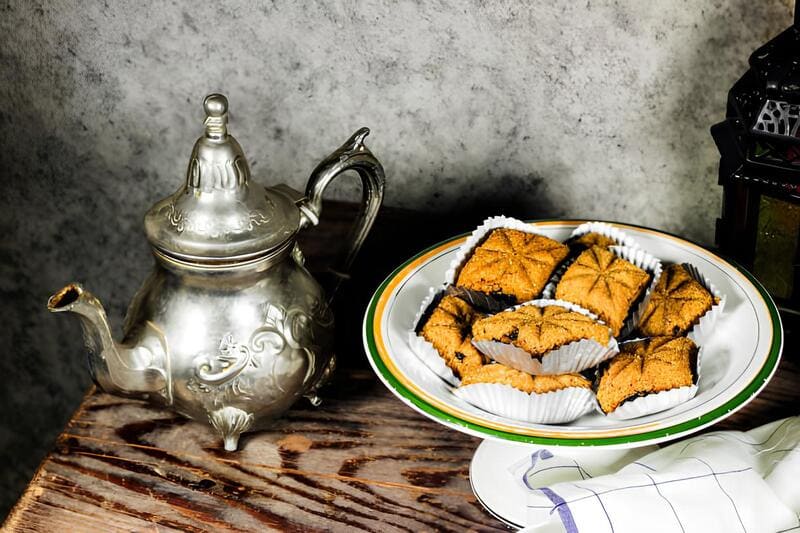
Makroud, also spelled Makrout, is a beloved semolina-based dessert known for its rich flavors and unique preparation method. Originating from the regions of North Africa, particularly Tunisia, Algeria, and Egypt, this sweet treat is a staple at festive occasions, especially during Ramadan and Eid. The combination of semolina dough with a filling of dates or nuts, and a finish of aromatic honey syrup, has made Makroud a timeless favorite.
In Tunisia, this dessert is often referred to as Makroud El Louse. The Tunisian version, characterized by its almond filling, varies slightly from the Algerian and Egyptian adaptations, which may use date paste or other nuts. Each culture brings its own twist to this delightful sweet, creating a delightful culinary heritage that speaks volumes of tradition and cultural exchange.
Ingredients
- 3 cups medium semolina
- 1/2 teaspoon salt
- 1 cup melted ghee
- 1/4 cup vegetable oil
- 1/2 cup warm water
- 1/2 cup honey
- Date paste (or almond paste for filling)
Preparation
- Combine the medium semolina and salt in a large mixing bowl.
- Pour in the melted ghee and vegetable oil, then mix thoroughly until the semolina is fully coated.
- Slowly add the warm water and knead until the mixture forms a pliable dough.
- Cover the dough with a blanket or cloth and let it rest for at least 10 hours or overnight.
- Once rested, take a portion of the dough and flatten it into a rectangular shape.
- Place the date paste (or almond paste) along the center of the rectangle.
- Fold the dough over the filling and seal the edges to form a log.
- Cut the log into diamond-shaped pieces.
- Heat oil in a frying pan to medium heat, then fry each piece until golden brown.
- Remove from oil and immediately dip into warm honey.
- Allow the Makroud to cool slightly before serving.
Did you know?
Makroud is a dessert rooted in the history of the Maghreb (Northwest Africa). Each region boasts its own version, often reflecting the local palates and traditions. In Tunisia, for example, Makroud El Louse is particularly renowned for its use of ground almonds, adding a unique texture and flavor. Contrastingly, the Algerian interpretation usually prefers a date filling, known as “Makroud Algérien,” which gives it a different, more robust sweetness.
Historically, Makroud was a symbol of hospitality and abundance, often made in large quantities to share with guests during special occasions and religious festivals like Ramadan and Eid. The meticulous process of preparing and resting the semolina dough is believed to result in a finer, crisper texture, making the dessert not only a labor of love but also a culinary art form.
Makroud also holds a significant place in Egyptian culinary tradition, reflecting the country’s rich history of incorporating diverse culinary techniques and ingredients from neighboring regions. In Egypt, Makroud is often enjoyed with a hint of cinnamon in the filling, adding a warm and spicy undertone to the dish.
In addition to its delightful taste, Makroud is celebrated for its shelf-life. The honey coating acts as a natural preservative, allowing the dessert to last for weeks, making it a practical yet luxurious treat for long-lasting enjoyment.
Whether savored fresh or over a period of days, Makroud remains a cherished jewel of North African cuisine, representing a confluence of flavors, traditions, and histories that span across borders and generations.
